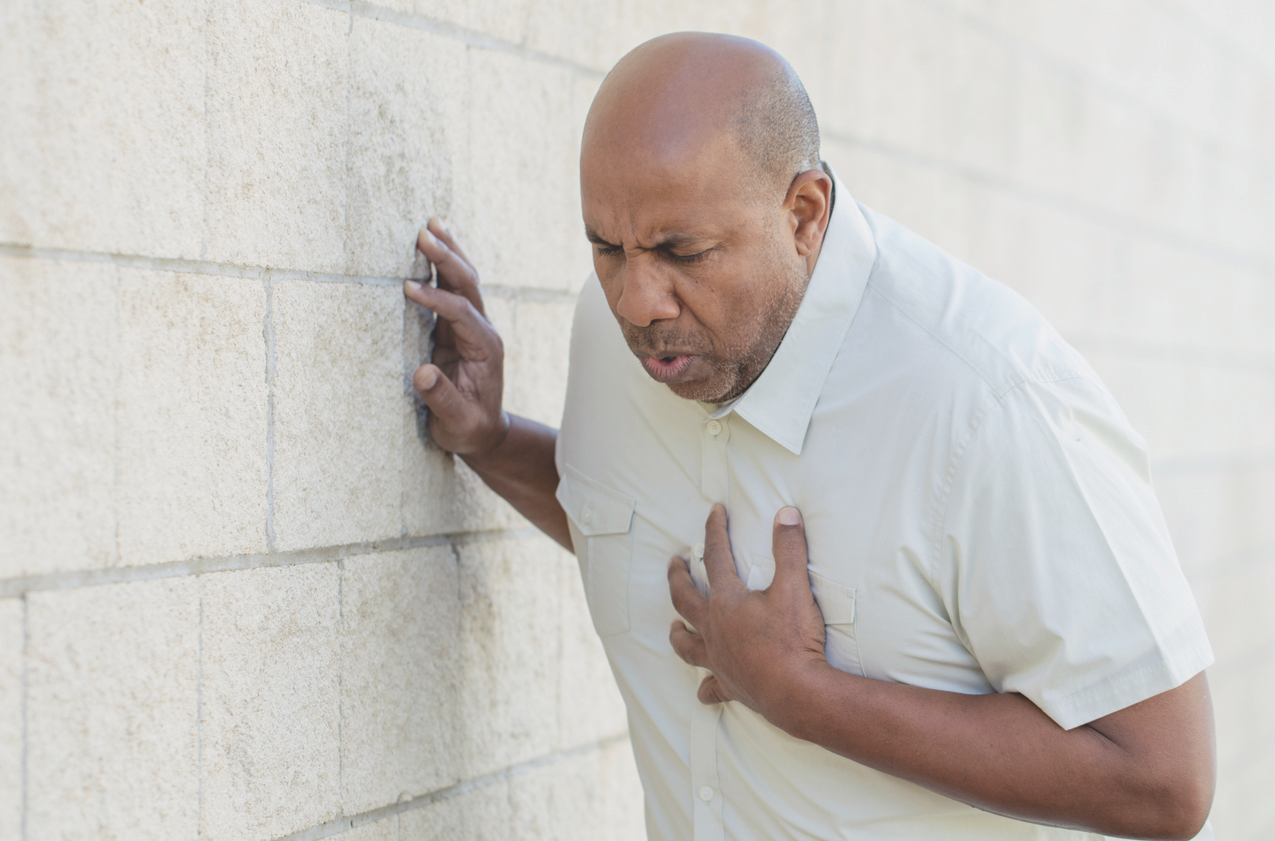Cardiovascular disease (CVD) is an umbrella term that encompasses various conditions. With four out of five CVD deaths due to heart attacks and strokes, recognizing the warning signs of heart attack are important. According to the American Heart Association (AHA), many heart attacks begin slowly with mild pain or discomfort. By learning to recognize warning signs, individuals may be able to get help before a heart attack claims their lives.
- Chest discomfort in the center of the chest that lasts more than a few minutes, or that goes away and comes back, discomfort that feels like pressure in the chest, squeezing, fullness, or pain are telltale signs of a heart attack.
- Discomfort in the upper body that are not the chest, also may be a warning sign of heart attack. The AHA notes the discomfort or pain may occur in one or both arms, the back, neck, jaw, or stomach.
- Shortness of breath may be an early warning sign of heart problems. This is sometimes, but not always, accompanied by discomfort in the chest.
- Additional signs include breaking out in a cold sweat, experiencing nausea, or feeling lightheaded.
Symptoms of heart attack tend to be different for men and women. The most common symptom for both men and women is chest pain or discomfort. However, women are more likely than men to experience shortness of breath, nausea/vomiting, and pain in their backs or jaws. The AHA urges fast action by anyone who suspects they or a loved one is experiencing signs of a heart attack. Acting quickly can save lives and help men and women avoid joining the nearly 18 million people who succumb to cardiovascular disease each year.












